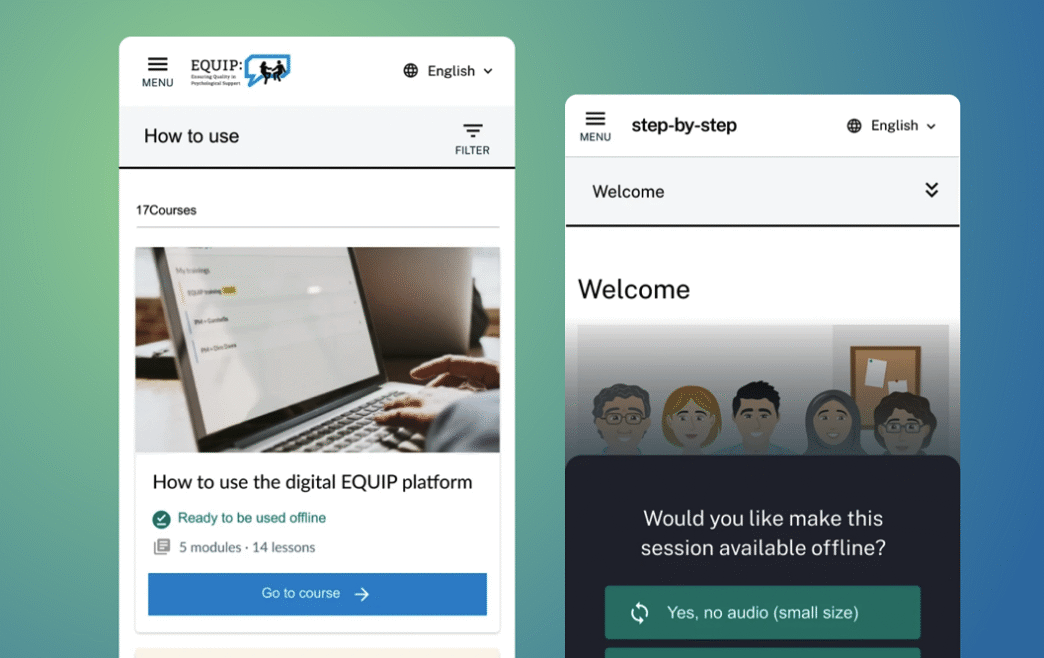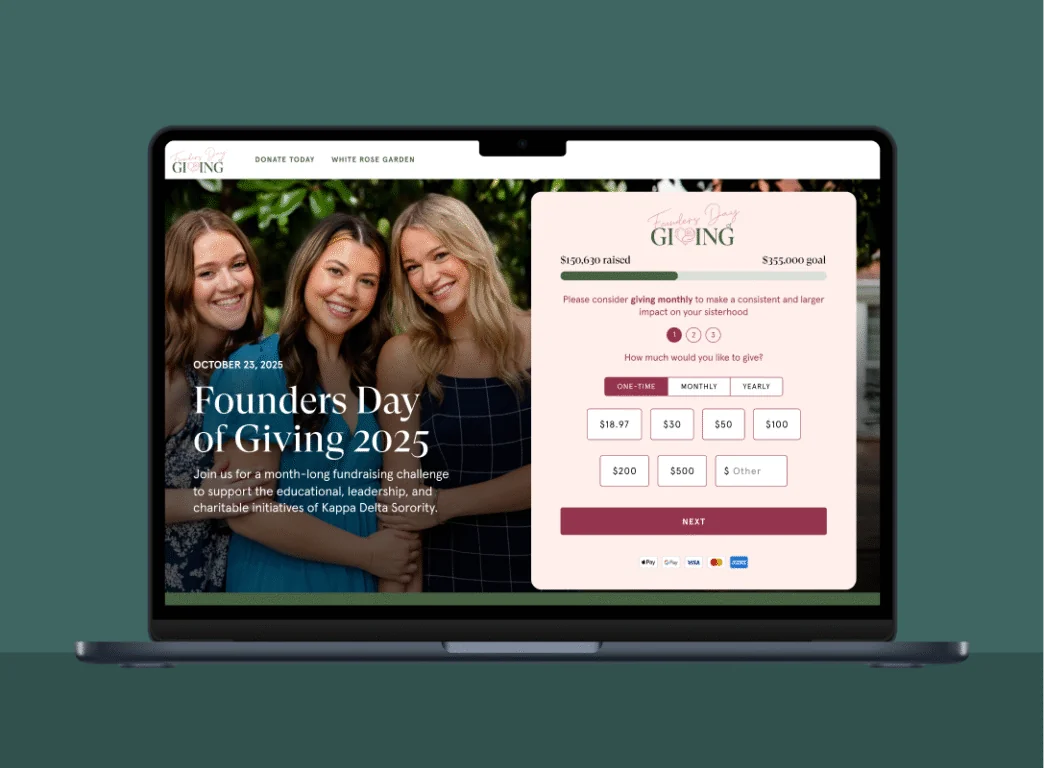A flexible LMS powering global health and humanitarian learning
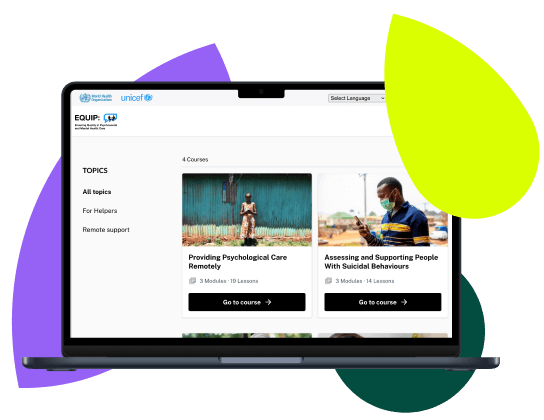
A flexible LMS powering global health and humanitarian learning
130+ platforms
30 countries
15+ languages
Setting the scene
SystemSeed created ANU, an open-source Learning Management System (LMS) built in Drupal. Developed through extensive research and user testing, ANU is shaped by the needs of NGOs, health, and education sectors. It supports flexible team structures, review flows, translations, and is continuously enhanced based on feedback.
ANU includes all the features of a standard LMS but stands out for its flexibility. It can be tailored to fit each client’s design, user journey, and project requirements.
Everyday feels like Christmas because more work has been done, and they are always developing and improving… We feel like we have struck gold!

The challenge
Many of our clients, including UN agencies, need digital learning platforms that handle complex content, multiple languages, and global accessibility. Two examples illustrate ANU’s adaptability:
- UNICEF needed to transform a lengthy emergency response manual into a digital resource. The platform had to feel more like a handbook than a traditional course, allowing users to dip in and out of information as needed.
- The World Health Organization (WHO) wanted to modernise Step by Step, a proven intervention for adolescent anxiety and depression. Lebanon’s Ministry of Health was already using it via a mobile app, but the existing system was outdated and slow. WHO needed a mobile-first platform that could scale to other countries and cultural contexts.
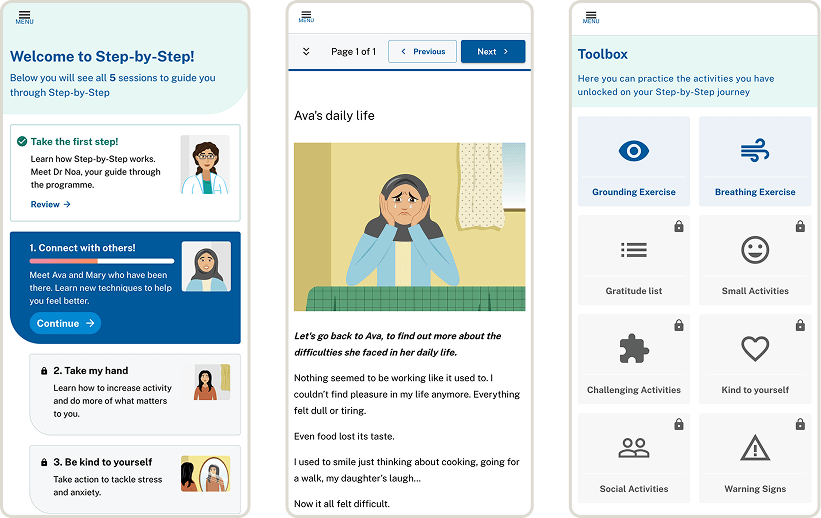
They’re very ambitious and thorough at their work, and they offer a very creative and holistic approach to what they do. They’re also very attentive to our needs and work in a professional and friendly way.
The solution
For WHO, we integrated ANU into a progressive web app that behaved like a native mobile app. We designed a mobile-first experience where users could personalise their journey by choosing a character and storyline. The intervention unfolded as a visual narrative with interactive exercises.
Key features included:
- Secure login via phone, SMS, or email.
- Offline functionality and audio mode for accessibility.
- Arabic-first design, also available in English.
For UNICEF’s Minimum Services Package (MSP), we reimagined ANU’s course catalogue to look and feel like a digital handbook. Users could filter by UN sector or search by keyword, making navigation simple and intuitive.
On the backend, we built a streamlined structure for editors and translators with a customised review flow aligned to UN publishing standards. We also integrated a guide course within the LMS and unified all tools under one login on a single Drupal platform.
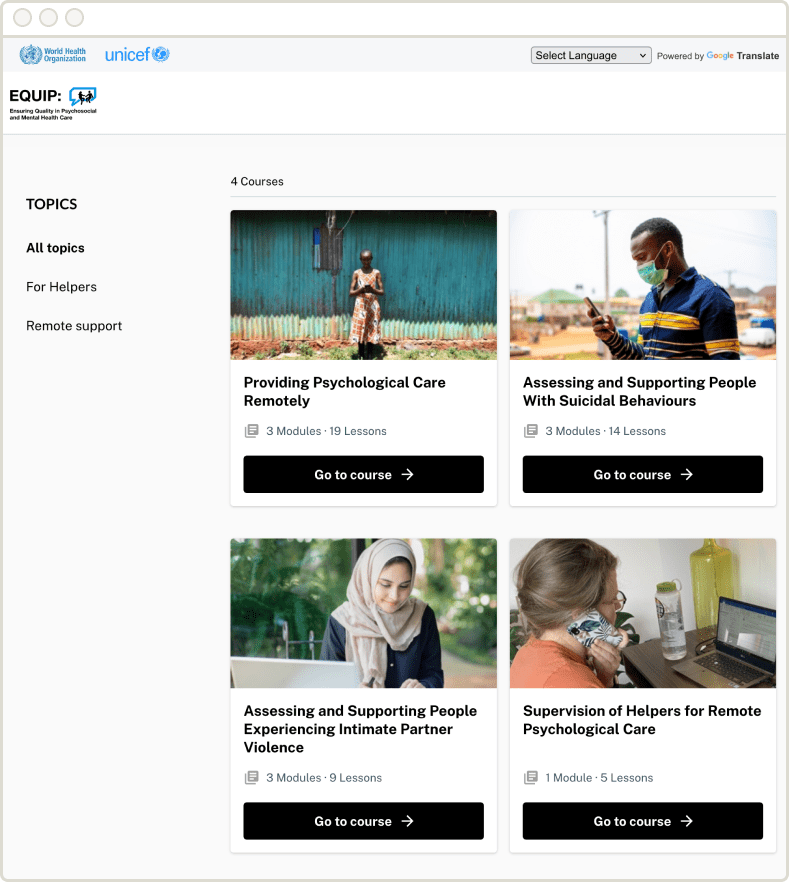
ANU LMS is AMAZING! Thank you for making it open source! Truly appreciate the efforts organisations like you put in to make valuable technology available to organisations like ours!
The outcomes
- Step by Step remains Lebanon’s most widely used digital mental health intervention, with strong patient feedback and measurable community benefits.
- UNICEF’s MSP is now the global reference for emergency response guidance, actively used in over 30 countries and available in five languages. Its early availability in Ukrainian was critical for humanitarian agencies responding to the crisis in Ukraine.
Today, ANU continues to support NGOs, health organisations, and education providers worldwide, with both customised implementations and its open-source version available on Drupal.org.


